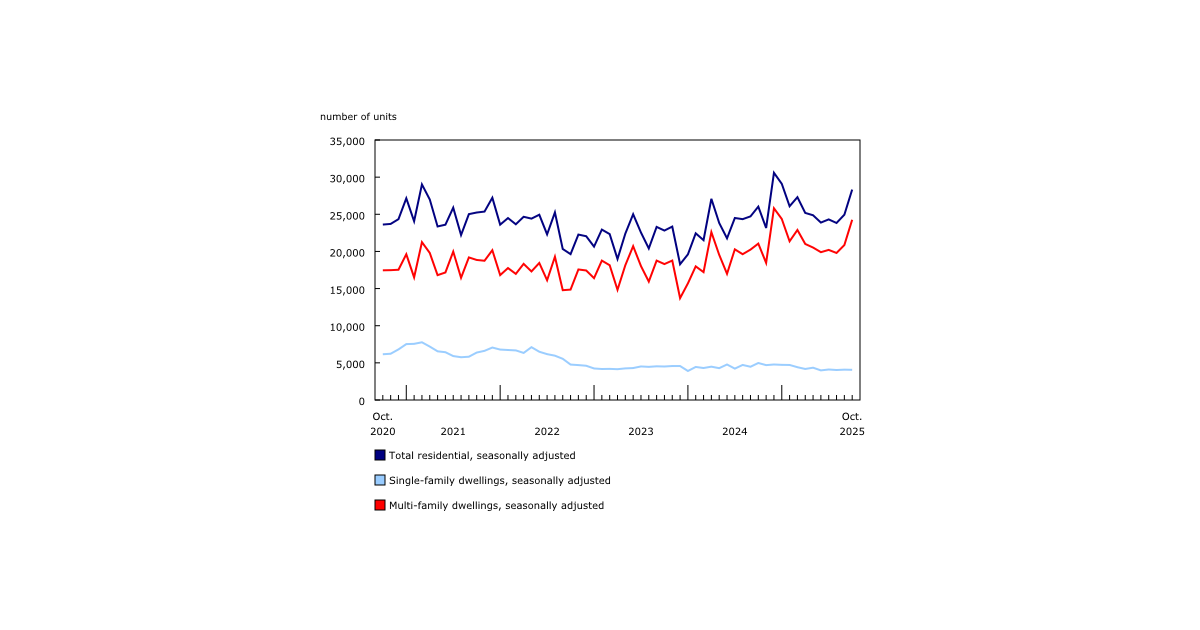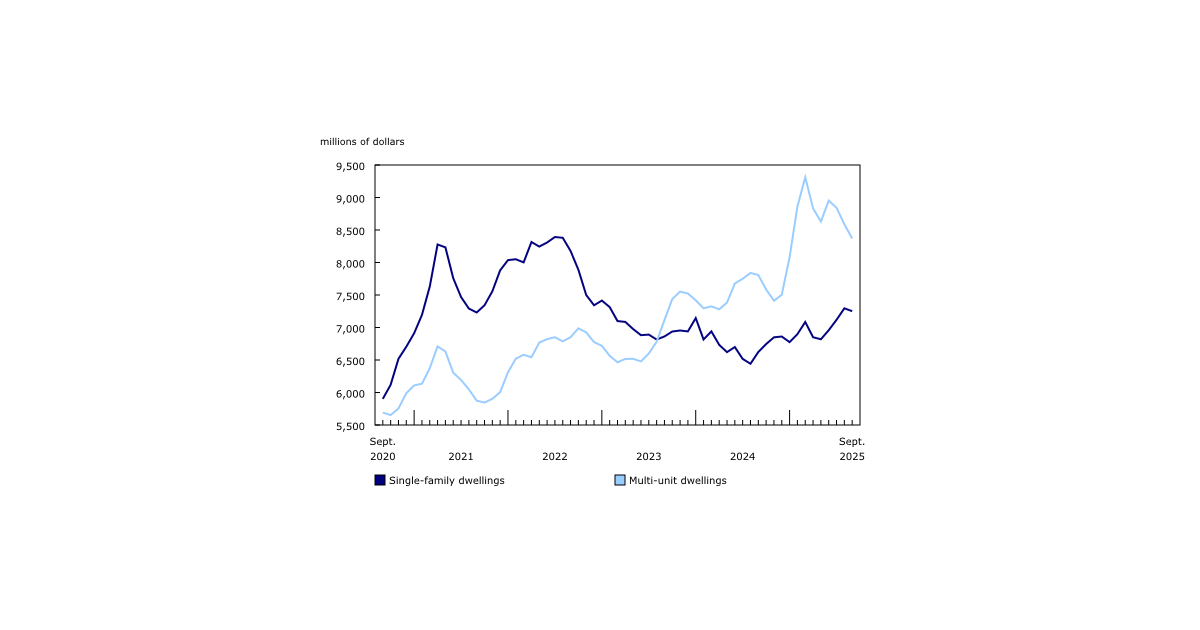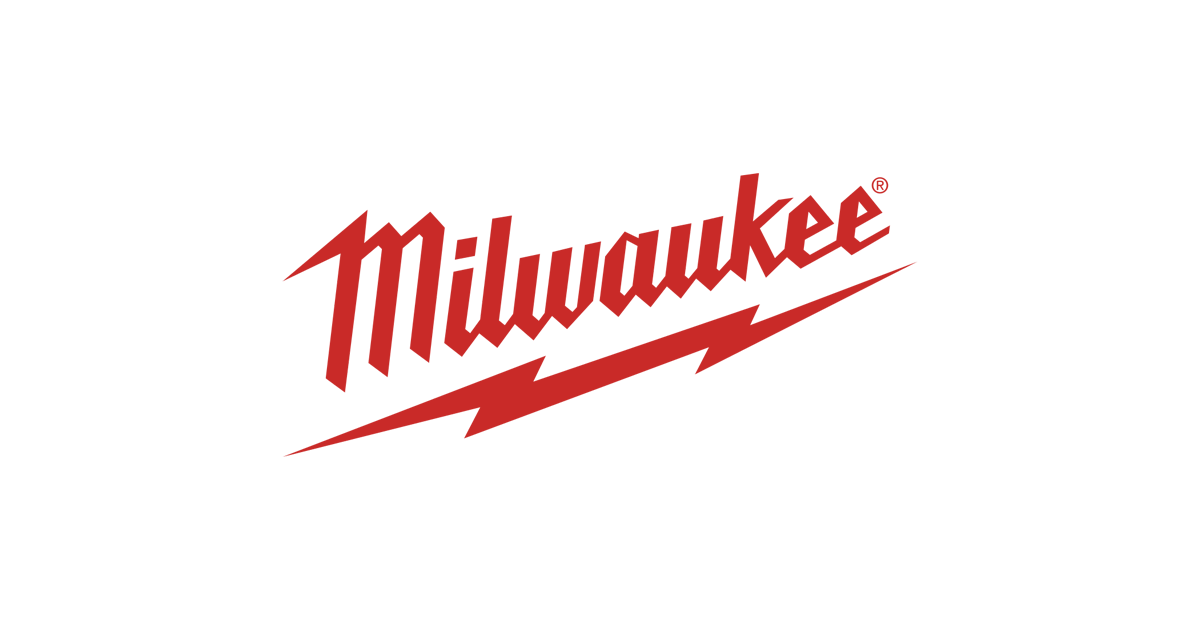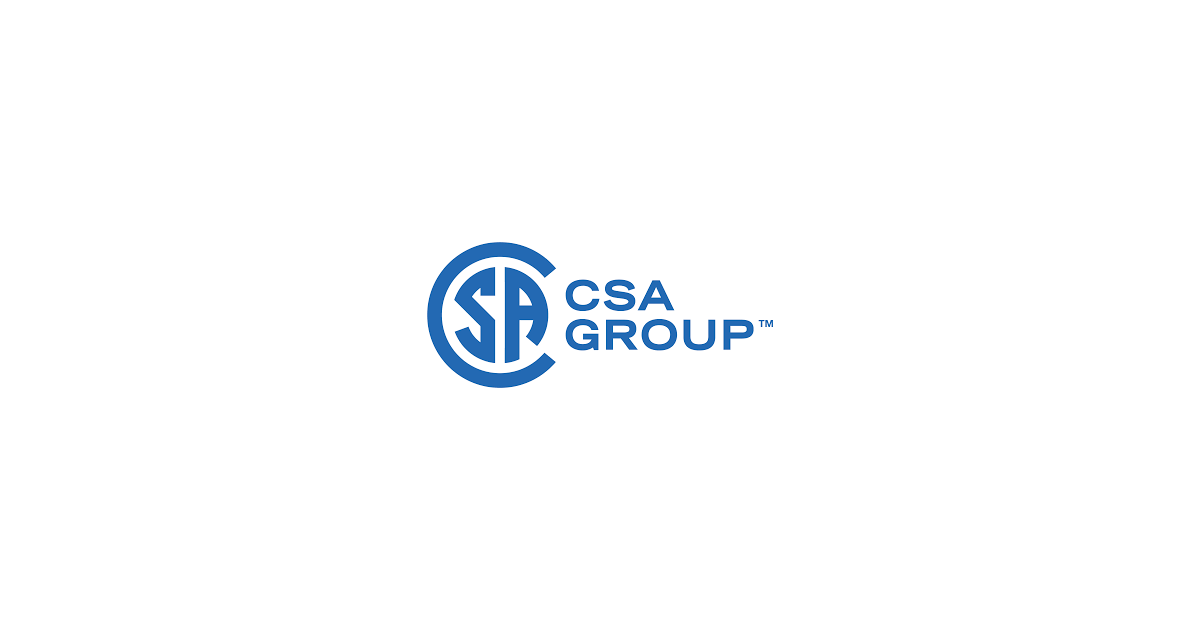The IoT and Lighting Control Integration
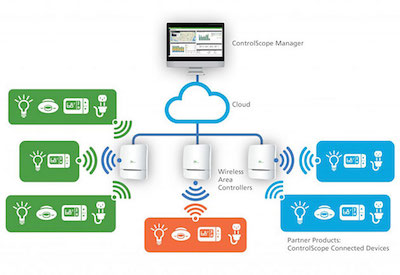
Mar 11, 2019
By Kevin Willmorth
The Internet of Things (IoT) has become the talk of technologists everywhere, on every product level imaginable. Lighting is no exception. Understanding why this is such an energetic field requires thinking beyond conventional control and connectivity models. The integration of smart features opens the door to intelligent utilization of data and energy that cannot be achieved using closed, localized technologies that cannot be accessed beyond their limited utilitarian functionality.
To gain an understanding of the power of intelligence and data sharing, one must realize how many opportunities are being missed with existing system architectures. As a prime example, lighting equipment is ubiquitous to the built environment. Anywhere there are human beings doing work, there will be lighting systems made up of luminaires, sensors and controls. These are now managed in an encapsulated universe, connected only within the local context. Other systems, such as HVAC, computer networks, security, scheduling, and data collection, are also operating within their own closed bubbles, using controls and sensing topology that overlap one another. This produces redundancies that increase installed cost and lost opportunities to extract valuable information that can be used to improve the environment for those being served.
The IoT is a foundation of load control, data collection, and interpolation across a wide range of disparate devices, with minimal redundancy. Lighting equipment is a natural platform for integrating sensors that collect occupancy, footfall monitoring, temperature, natural light availability, and safety event monitoring. Additionally, through the integration of LiFi (light-based data communication), lighting can also serve as a communications platform to smart devices, HVAC control, data collection nodes, as well as sensor, load and controls system commissioning. Further, BLE (Bluetooth low energy) and WiFi networks, PoE (Power over Ethernet), low voltage and self-powered controls, produce opportunities for building system intelligence collection. The IoT pulls this together under a larger umbrella, or cloud, that supports application of smart software to enhance the human experience, while delivering usable data to those interested in delivering fresh new products, building design features, work environment conditions, shopping experiences, and living comfort.
At home, the IoT will provide homeowners real-time information on the condition of stored foods, state of security, use of energy, status of warranties for products in use, maintenance due on automobiles and appliances, as well as lighting and HVAC control. This will grow rapidly, as the number of consumer devices purchased with IoT capability are purchased to replace older hardware, waiting to be activated when the homeowner is ready to avail themselves of the opportunity.
In commercial application, the opportunities are even further reaching. Restaurants will have the capacity to easily track and manage perishable goods, evaluate customer behaviours and preferences, track profits in real-time, manage facilities, organize menus, even communicate menus directly to smart devices, take orders that are directly sent to kitchen management, and track satisfaction at multiple locations seamlessly. The connection between consumer product searching online, bricks and mortar retailers, wholesale suppliers, and manufacturers, through the IoT means that fewer products sit on shelves, and fewer customers are left without a supply of desired items. Health care and educational facilities operators will find even more opportunities where data and light become inseparable.
While many of these concepts have been accomplished with closed proprietary data systems within large scale entities, the layers of redundancy remain. Even among those with sophisticated market data intelligence, use of internal inter-connectivity between building systems and distant facilities is essentially nonexistent. By including smart features within equipment, lighting and control devices, security, network systems and communications platforms, the IoT not only delivers access to data for the organization’s products but transforms operation of facilities as well.
Lighting equipment is of particular interest in this nascent stage of the deployment of the IoT. Lighting equipment is not only universal to all occupied space, it is powered and of a scale that can absorb additional sensor and communication technology, at a reasonable delivered cost. From this portal to cloud based data, other devices can be added and integrated. Lighting controls being activated are now a request for service that delivers light, as well as changes in temperature, shade setting, while identifying of occupant activity for use by operations management.
While the IoT promises to advance human experience and provide marketers data they need, there remain two critical issues to be addressed. The first concern over broad inter-connectivity and availability of data is system security. For the IoT to be practical, all connected components must be made available for their intended purpose, with security features that blocks exploitation by those who would use access to do harm. The second concern is the planned obsolescence, where devices are sent a “discontinue service” instruction, requiring replacement to continue functionality. Both of these are being addressed by IoT developers, who understand that without the willing participation of customers the concept will fail. Additionally, when IoT enabled devices rely heavily on web-based connections to function, the stability of Internet connections becomes a critical design consideration. The most reliable systems include local operational functionality whenever web-based communications are off line. For lighting, this is a critical feature, as having operations disrupted until internet service is restored is an unacceptable failure state.
While the marketing energy behind the deployment of the IoT would make it appear it will be universally deployed in a very short period of time, concerns over security, operational functionality, product interfaces, unscrupulous marketer vulnerabilities, and deployment of universal communications protocols will have a damping effect. However, the opportunity for revenue generation, as well as potential for delivering improvements in operations, as well as human experience of our built environment, is too great to dismiss. For these reasons, the IoT will eventually be a presence in lighting and daily life equal to, and in concert with, the smart phones now accepted as necessary technology.
Kevin Willmorth has been involved with lighting since 1981. His experience includes electrical system design, lighting design consulting, product design, marketing, business strategy, and editorial writing. His past positions include positions include owner of a lighting design consultancy, VP of Design and Marketing for Kim, Winona, and Visa Lighting, VP and Director of Product Management Renaissance Lighting, and VP of Design – Lighting for Atlandia Design. He currently owns Lumenique, LLC, offering product design, prototype development, testing, and strategic consulting to manufacturers, application design and technology evaluation for building owners, and Tasca, a small industrial task lighting manufacturing firm. He is also Editor for SSL content in all Construction business media publications including Architectural SSL, Architectural Products, NZB, and Illuminate; kwillmorth@lumenique.com; www.lumenique.com
This article was first published online by the Lighting Controls Association.
Photo source: Daintree











